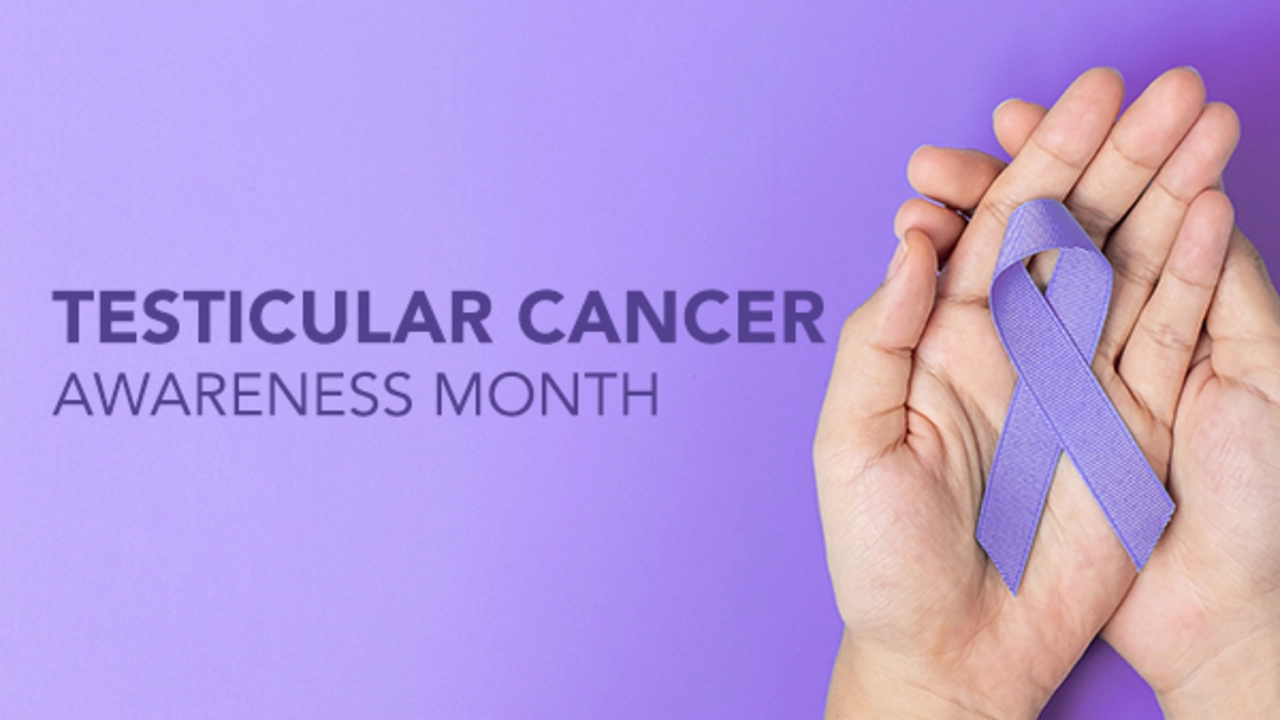Cancer Fundraising: How to Boost Support and Make an Impact
Running a cancer fundraising campaign can feel overwhelming, but it doesn’t have to be. Whether you’re backing a research lab, a local hospital, or a family in need, the right plan turns good intentions into real dollars. Below you’ll find down‑to‑earth steps you can start today.
Simple Fundraising Ideas That Work
Start with activities that require little upfront cost. A community bake sale, a charity walk, or a virtual trivia night can attract neighbors and friends without demanding a big budget. Keep the focus on the cause—hand out brief flyers that explain where the money goes and why it matters. People donate more when they see a clear link between their contribution and the impact.
Partnering with local businesses adds credibility and expands reach. Ask a coffee shop to donate a portion of one day’s sales, or get a gym to host a “donate‑your‑steps” challenge. In exchange, offer the business free promotion on your social posts and event flyers. This win‑win keeps costs low and spreads the word.
Maximizing Online Reach
Digital tools let you reach donors far beyond your street. Set up a crowdfunding page on a trusted platform, and craft a short, heartfelt story that highlights a real person or project. Use a clear call‑to‑action: "Donate $25 to fund a chemo session today." Add a progress bar so supporters can see the goal in real time.
Social media is your megaphone. Post regular updates, share survivor testimonies, and tag local influencers who might help amplify the message. Short videos—under two minutes—perform best; they show the face of the cause and make the need tangible. Remember to thank donors publicly; acknowledgment encourages repeat giving.
Emails still rank high for fundraising. Build a short list of contacts, write a personal note, and include a direct donation link. Keep the email under 200 words, add a single compelling image, and use a bold button that says "Give Now." Follow up with a thank‑you note and a brief impact report.
Don’t overlook recurring donations. Offer a monthly giving option with a low entry point—$5 a month can add up fast. Highlight how a small consistent amount fuels ongoing research or patient support services.
Finally, measure what works. Track which events or posts bring the most money, then double down on those tactics. Simple spreadsheets or free analytics tools can show you where to invest time and resources.
With a clear story, low‑cost events, strategic partnerships, and a solid online plan, your cancer fundraising effort can move from idea to real impact. Ready to start? Pick one of the ideas above, set a deadline, and watch the momentum build.

